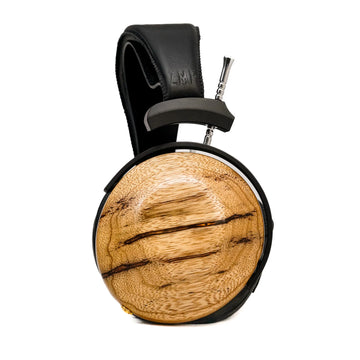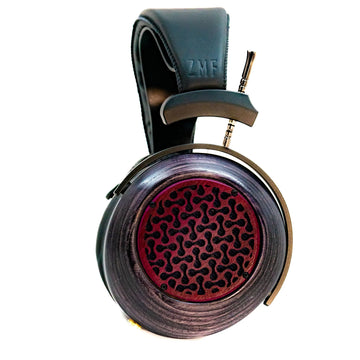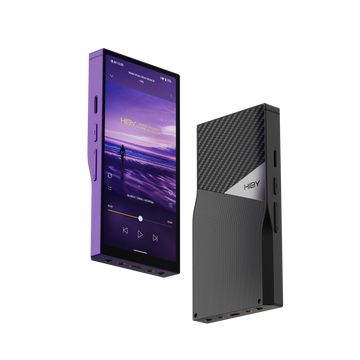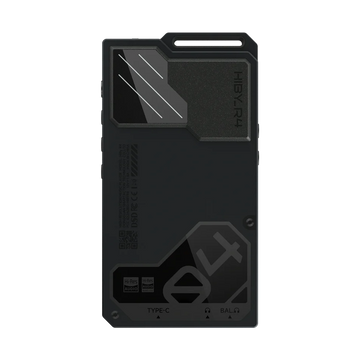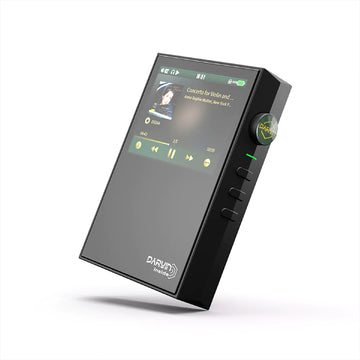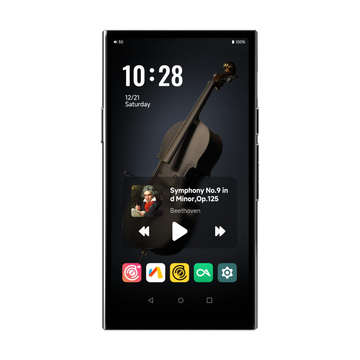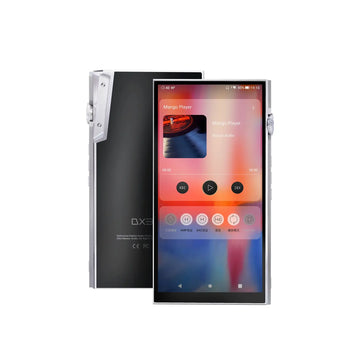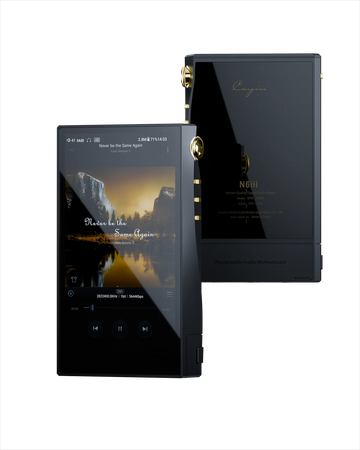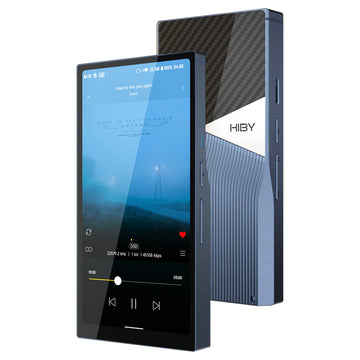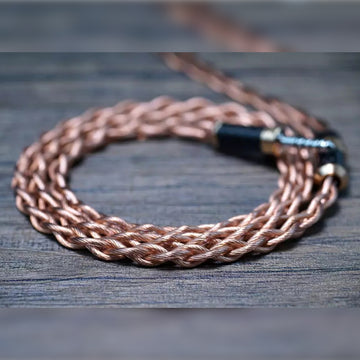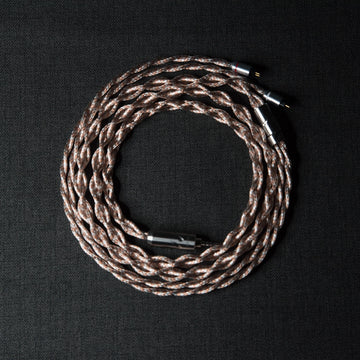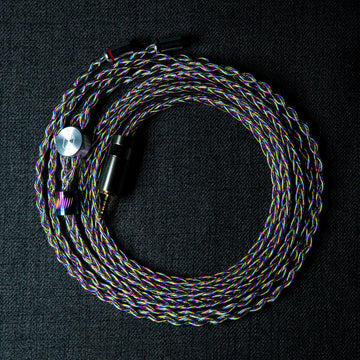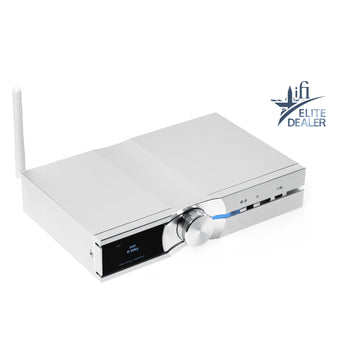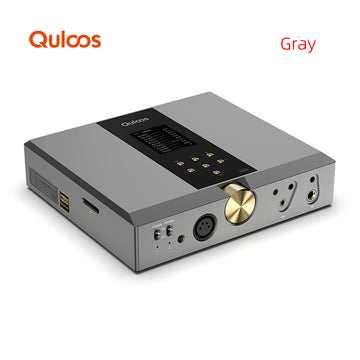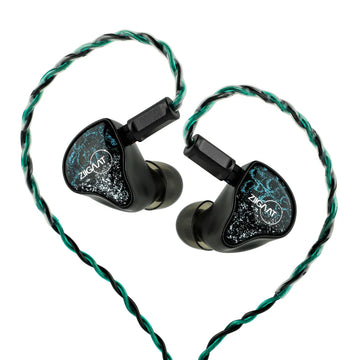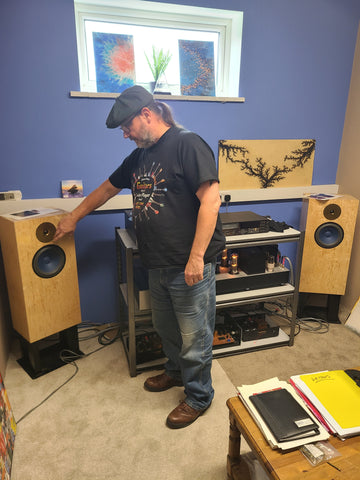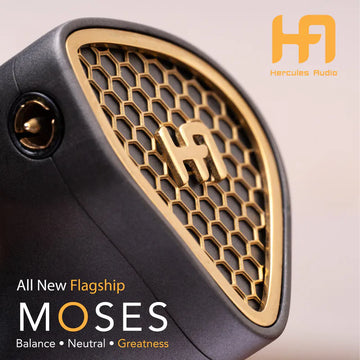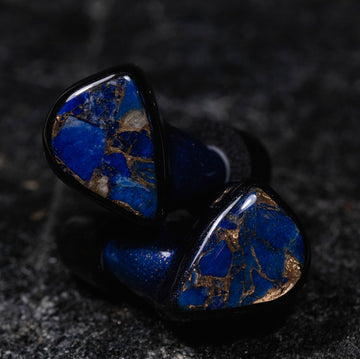Many audio brands create a house sound and stick to it. ThieAudio isn’t one of them. They have been constantly reinventing themselves and taking risks when overhauling their most popular products.
Monarch MKII was a clear departure from the original Monarch, the iem that put ThieAudio firmly on the map. History repeats itself with Oracle MKII. It comes with a totally revised signature. Will the risk pay off this time?
Before getting to sound, a quick word about aesthetics and fit. Oracle MKII shells are reasonably small and ergonomic. I found them easy to fit and I can get a good seal with a variety of tips. The build quality is excellent and the black scarlet faceplates look elegant and distinguished.
When I received Oracle MKII, I immediately measured it. Many people noticed that my graph looked different from other reviewers. And for good reason. My original graph was done with the deepest insertion I could get, rather than trying to place the resonance peak at 8khz. The 8khz peak is a convention that makes it easier to compare graphs, but it is not necessarily what you hear.
Here are both Oracle MKII graphs. One is done with deep insertion, the other has the “standard” 8khz peak.
As you can see, deep insertion makes a significant difference. Especially for treble. This has an impact on how smooth treble sounds and how airy it feels. Both aspects are particularly relevant to Oracle MKII as we will see shortly.
The sound you hear with any iem will vary depending on the tips you use and how deep you can fit them. My recommendation is to use the smallest tips that give you a deep fit and a good seal. Deep fit without good seal will not give you an optimal sound. Everything will sound thin and anemic. You need both to have the best experience.
So how does Oracle MKII sound? Where does it fit in the ThieAudio tribrid family and in the increasingly crowded price bracket?
Bass on the Oracle MKII is excellent. This is one of the best DD bass implementations from ThieAudio. Sub bass reaches deep and creates the visceral rumble that makes many tracks come to life. Mid bass is full and well-rounded without ever being bloated. Bass remains clean and doesn’t bleed into the mids. You can use Oracle MKII with a warm source without worrying about bass bloat.
Mids are clean and detailed. Oracle MKII aims for accuracy and achieves it. Instruments timbre is excellent. Guitars and pianos sound real, full and well extended. So do wind instruments. Nothing sounds too warm, nothing sounds thin. It’s just right. Male vocals have a good body without being overly thick or prominent.
Oracle MKII mids don’t have the same texture you would get from Monarch MKII. This is not surprising given the lower driver count and the price difference. Overall, mids performance is excellent for the price.
And we transition into treble, I need to mention one of Oracle MKII standout features: female vocals. I was surprised by how good they sound on this set. This includes difficult tracks where vocals can sound sibilant or shouty. I expected Oracle MKII to fail there because of the added treble energy. It passed with flying colors.
And treble is where things get really interesting. In a nutshell, Oracle MKII treble is the best EST implementation I have heard from ThieAudio. It is exciting, has energy and is very well extended without being too much. With EST tweeters, treble can sound sweet but is sometimes too fast and doesn’t “splash” enough. A few recent iems have been making better use of these drivers. Oracle MKII is one of them. This is also where ThieAudio took the biggest risk. The added treble energy makes this set exciting. It improves imaging and detail retrieval. It also allows many instruments and female vocals to sounds as good as they do. The extra sense of air gives notes a decay that you wouldn’t expect at this price.
The treble energy also means that Oracle MKII is not a relaxing set. It’s an iem that aims for accuracy and will expose the rough edges in a recording. A reference monitor aims to replay the music the way it was recorded, without adding or removing anything. Oracle MKII does just that. It’s a very honest iem. The good thing about a reference device is that you can colour it using DACs and amps. To my ears, Oracle MKII sounds at its best with a warm source.
Oracle MKII is surprisingly hard to drive. Most good DAPs and dongles will do a good job but the sound scales massively with better equipment. It sounds best with more powerful amplification, all the way up to desktop amps.
Oracle MKII is overall technically able. It impressed me with its stage width. Height and depth are adequate but width stands out. This also tends to improve with better sources. The stage expands in all directions with better amplification. Imaging is excellent and detail retrieval is very good for the price.
I keep reminding people how hard it is to make a reference monitor that is not clinical, boring or harsh. A monitor that has excellent bass and exciting, well extended treble. Oracle MKII does all of that and carves its own spot in the tribrid family. It's no baby Monarch MKII and no scaled down Clairvoyance. It's just Oracle MKII.







